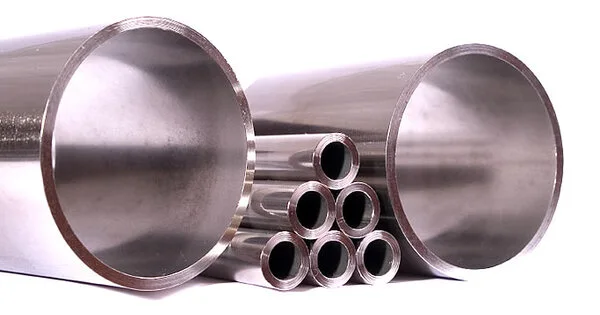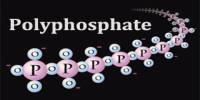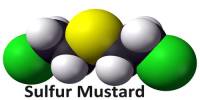Nickel silver is a copper alloy containing nickel and, in certain cases, zinc. The typical formulation consists of 60% copper, 20% nickel, and 20% zinc. The element silver is not present in nickel silver. It gets its name from its silvery look, which might make it appealing as a less expensive and more lasting counterpart. It’s also a good candidate for silver plating. In China, a naturally occurring mineral composition was melted down to create the alloy known as paktong or baitong (“white copper” or cupronickel).
German metallurgists artificially recreated the original ore composition, hence the term “German Silver.” Because all modern, commercially important nickel silvers contain considerable levels of zinc, they are frequently regarded as a subgroup of brass.
History
The first usage of nickel silver occurred in China, when it was smelted from readily available raw ore. Despite a government restriction on the export of nickel silver, it was “smuggled into various regions of the East Indies” during the Qing period. It gained popularity in the West as an imitation of sterling silver in imported items known as baitong (Mandarin) or paktong (Cantonese). It was identical to khar sini, one of the seven metals identified by Jbir ibn Hayyn, according to Berthold Laufer.
As a result, it was initially referred to as paktong in Europe, which is similar to how baitong is pronounced in Cantonese. Paktong was first mentioned in Europe around 1597. There are references of it being shipped from Canton to Europe up until the end of the eighteenth century. However, manufactured recreations of the natural paktong ore composition began to develop in Germany from 1750.
Suhl metalworks were able to develop a comparable alloy in 1770. In 1823, a German competition was organized to perfect the manufacturing process: the goal was to create an alloy that looked the most like silver. This was accomplished independently by the Henniger brothers in Berlin and Ernst August Geitner in Schneeberg. Berndorf named the trademark brand Alpacca, which became well-known in Northern Europe for nickel silver. In 1830, the German manufacturing process was brought into England, while paktong shipments from China progressively ceased.
Uses
Nickel silver rose to prominence as a base metal for silver-plated cutlery and other silverware, particularly the electroplated products known as EPNS (electroplated nickel silver). Because its oxide is conductive, it is used in zippers, higher-quality keys, costume jewelry, musical instruments (e.g., flutes, clarinets), and is favored for the track in electric model railway layouts[citation needed]. It is commonly utilized in the manufacture of coinage (e.g. Portuguese escudo and the former GDR marks). Its industrial and technical applications include corrosion-resistant marine fittings and plumbing fixtures, as well as heating coils because to its high electrical resistance.
North American Plains Indian jewelers were able to easily obtain sheets of German silver in the nineteenth century, notably after 1868. They were used to cut, stamp, and cold hammer a variety of accessories as well as horse gear. German silver is being used by plains metalsmiths for pendants, pectorals, bracelets, armbands, hair plates, conchas (oval decorative plates for belts), earrings, belt buckles, necktie slides, stickpins, dush-tuhs, and tiaras. Nickel silver is the preferred metal among modern Kiowa and Pawnee metalsmiths in Oklahoma. Nickel silver is used in many of the metal fittings on the higher-end equestrian harness and gear.
Prior to the introduction of steel sheet metal in the early twentieth century, automotive makers used German silver. For example, consider the 1907 Rolls-Royce Silver Ghost. Because of its machinability and corrosion resistance, it became popular for pocketknife bolsters around about 1920. Prior to this, iron was the most common metal.
















